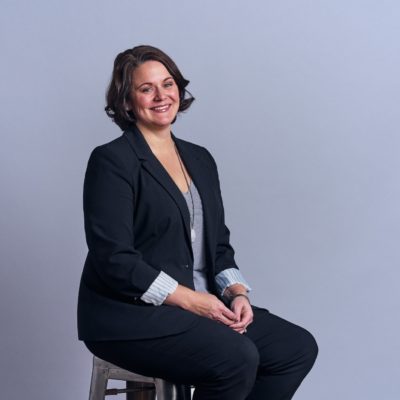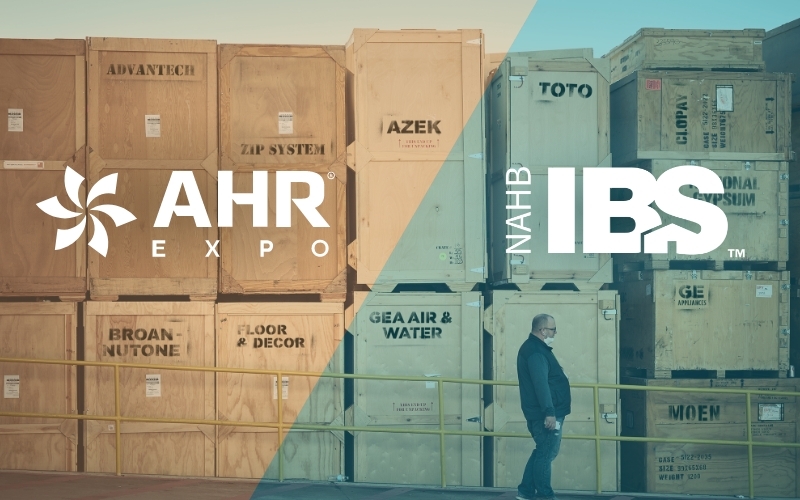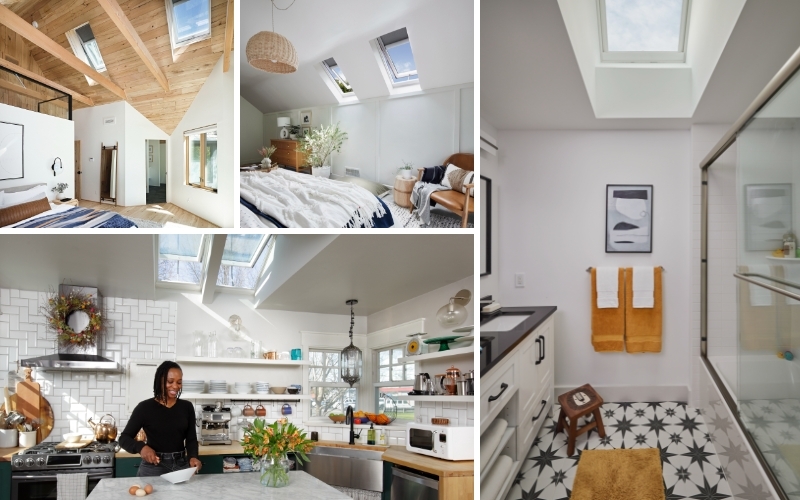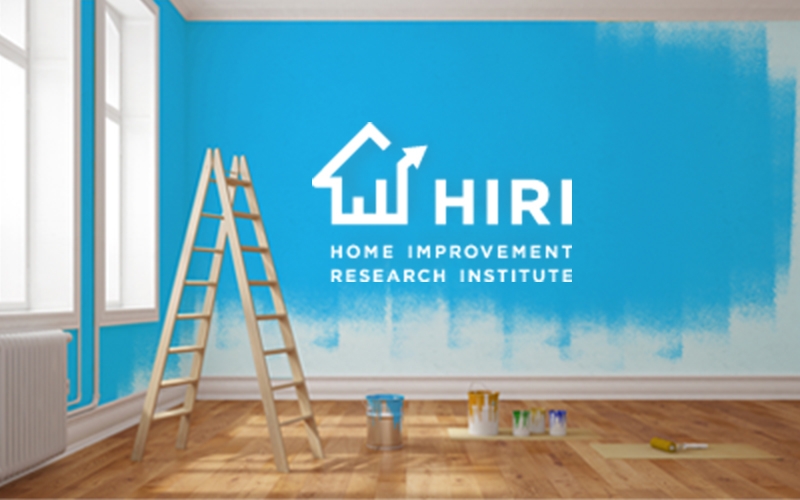Public Relations

A strong trade show presence can pay dividends for your brand — but there’s plenty to consider when planning your next appearance. How will you drive traffic to your booth? Impress booth visitors? Secure valuable editor appointments? And, how will you measure success?
If these questions swirl in your head with the changing of trade show seasons, fret not! The planning and execution of these events can be overwhelming, but a few surprisingly simple steps can help ease your worries. To that end, I sat down with Wray Ward’s Amanda Caskey, public relations associate director, and Kelsey Adamson, public relations senior manager, to go over a few ways you can set your brand up for success at its next home and building industry trade show.
Q: What does a successful trade show look like in the home and building industry?
Kelsey Adamson: Above all else, a successful trade show should be collaborative, with hands-on demos, influencers in booths interacting with customers and well-attended awards programs.
Booth events are also a great way to keep the programming going. GE Appliances Air & Water Solutions always had something happening at the 2022 International Air-Conditioning, Heating, Refrigerating Expo (AHR) for attendees, with Q&As, games, demos and more. One of the company’s technical team members even served as emcee, and he kept programming and contests going for all three days of the show.
Amanda Caskey: Media meetings are also very important. Real success can come from connecting your experts with editors in person to talk about new and upcoming products. It’s a great way to establish or build on relationships with media outlets, talk about your mission or new products and let them know they can rely on public relations contacts for news. Having technical experts unveil new products or services makes for great, newsy moments.
Kelsey Adamson: Agreed, and because booths can get more action-packed as the day goes on, I’d recommend arranging a pre-show coffee and tour with key editors in the morning. We did this at AHR and it provided great opportunities for media to talk with industry veterans and product managers in a more relaxed setting.
Q: What preparations should you make before attending a show?
AC: All the preparations! It’s always good to start by writing the press kit, press releases and fact sheets and gathering images. Social media tactics help a lot, too. Of course, at Wray Ward, our PR/Content team is well integrated, so social media planning goes hand in hand with media relations planning.
KA: Pitch editors with whom you do and do not have relationships! Also, focus on key booth events or products that will bring value to an editor’s readers and value to your brand. Be sure to look at the programming schedule and figure out which sessions or events to attend based on what you want to take back to your business. Even small trade shows will often have sessions going on all day, every day during the event.
AC: Plan on attending different events at or around the trade show. For example, happy hours outside of the show can be great ways to network.
Flexibility is also important, especially with journalists. Canceling and schedule shuffling happens all the time, and you have to be prepared for that. Some shows are still virtual, which has been common over the last few years due to the pandemic, but our PR team helps navigate that element for clients.
Q: How are home and building trade shows different from other industries from a PR perspective?
KA: Trade publication editors in the home and building industry have inboxes that are usually cluttered with pitches related to similar competing products. You have to consider: Is it the brand name that stands out when pitching? Or do you cut through the clutter with an opportunity to speak with a customer, influencer, etc.? Editors in this industry love to hear directly from their audience, and if a brand can provide that opportunity at a trade show, that’s great.
AC: Yes, that’s all correct. From a PR perspective, there are only a handful of key publications in this industry, so having a relationship with editors from those publications is a must — for example, if they know you work with a brand such as Broan-NuTone, they might be more inclined to answer you. It’s also worth mentioning that home and building is a varied industry, and different trade shows are not the same. By this I mean that AHR is different from the Kitchen & Bath Industry Show. KBIS is kitchen and bath and garners more interest from interior designers and consumer publications such as Architectural Digest and Good Housekeeping, while AHR is a more technical crowd despite being in a similar industry (heating and cooling). You could have a client that finds value in both conferences, such as Broan-NuTone, but you will find yourself communicating to two very different audiences.
KA: Keep in mind that B2B and B2C are different, too. In a way, with B2C you need to make the complex simple, while B2B can be presented much more technically. Editors can ask to define terms and background for an article, but PR professionals can build trust by delivering technicalities in niche industries. Our clients trust us to be an extension of their technical teams.
Q: How involved should PR be with your overall trade show plan?
KA: Intimately and from the start, without a doubt. Your marketing team and PR support should work together. This collaboration can impact booth design as well as scheduling key media spokespeople. PR teams can also bring publication sponsorships or creative activation ideas to the table.
The most successful shows happen when client teams are talking to us from the start, coming up with and executing creative ideas. A lot of times, brands only start thinking about activations two or three months out from shows, when ideally they should be starting about eight months in advance. This is especially true if they want to do something new or innovative at the show. I’d suggest looping PR into the conversation about six months out, at the latest.
AC: Media messaging and conversations at trade shows inform the rest of the year. They’re the stories we’ll continue to tell, and they start at shows. The earlier a client plans, the earlier we can get on an editor’s calendar and start getting the word out.


